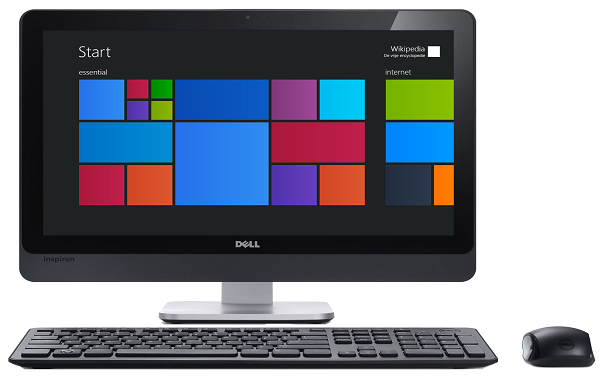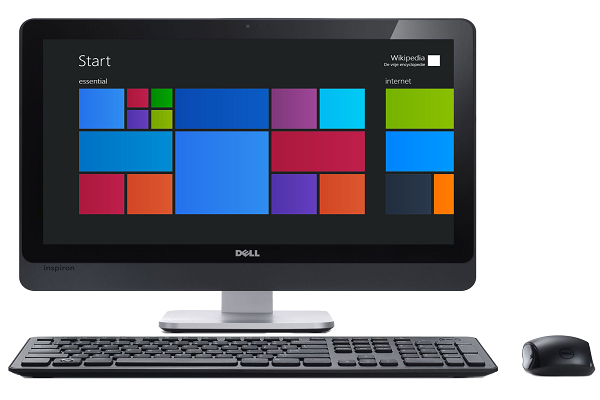
Desktop PCs are the most versatile computers on the market. Despite the boom in portable, converted sometime in the undisputed stars of classical computing, the old towers still have their followers, and among the reasons that best exemplify its advantages is its immense expandability. So, after the passage of a few years, these machines can be improved easily by changing some of its components. Here we explain five ways to breathe new life into your PC…
1. Improves processor
Change CPU computer is one of the tips that cannot fail to upgrade a desktop PC. Each year processors significantly improve and bring more power and how the “brain” of the computer is, the component that most directly affects the improvement of the system.
However, before deciding to change the CPU should you know which type is that your motherboard will support since their compatibility usually depends on the socket available (the place in which the processor is inserted).

2. Upgrade the RAM
This is certainly the advice more effective and possibly cheaper to upgrade your PC. Again, the maximum amount of RAM supported will depend on your motherboard, as well as the speed at which it is able to function and type of supported memory.
Once you are clear which modules your motherboard supports, go for example from 4 to 8 Gbytes Gbytes cause a significant increase in the performance of your computer, and all for very little money.
Also, check how many slots you have available to install RAM modules (normally is between two and four), and remember that it is desirable that all modules of the same type avoid problems (e.g. DDR3 1333 MHz).
3. Replace your hard disk with a solid-state drive (SSD)
Another of the simplest and most effective when PC update any improvements is to replace the hard drive (HDD) by a solid state drive (SSD).
Besides its price is increasingly competitive, you will achieve everything run more smoothly, since access to content hosted on the disc is instantaneous (not being based SSDs in the magnetic rotation of the heads, but in memory flash, as smartphones). Without going any further, the access time can reach 10 to fall to just 0.2 milliseconds, something you’ll notice when you open any program.
Yes, you probably have to give up storage space, as for the price you usually find an HDD disk 1 Tbyte now have to settle for an SSD of 240 Gbytes, more or less.
In the case of desktop computers, the best you can do is keep both, allocating the SSD to accommodate the operating system and programs and leaving the HDD disk as storage for all your files.
4. Install a new graphics card
If your desktop computer using integrated graphics CPU, buy a graphics card medium or high range will be a before and after (especially if you usually play games or video editing).
To spend 100 dollars on a current model and you’ll notice some improvement, but before deciding on a graphics card or other, see their benefits online to see if you will be worth the outlay. There are options for all tastes and needs.
5. Add more ports and connections
In the event that your PC already has a few years, it is possible that the connection ports are available for USB 2.0.
Currently, USB 3.0 and USB 3.1 speeds far exceed those ports, and to add to your desktop will not have to change your motherboard: just adds one PCI controller. For less than 30 dollars you can add two USB 3.1 ports and transfer files between your computer and an external drive at breakneck speed.